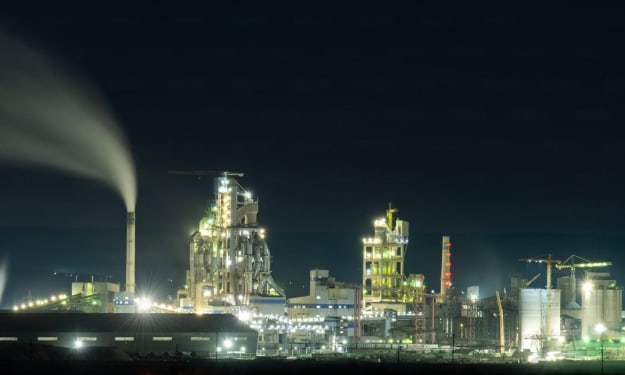Euromaidan: The Revolution for Freedom and Democracy in Ukraine
From Protests to Political Change: A Comprehensive Guide to the Ukrainian Uprising of 2013-2014

The Euromaidan movement was a series of rallies and demonstrations in Ukraine that took place between November 2013 and February 2014. The demonstrations were spurred by the Ukrainian government's decision to halt discussions with the EU in order to strengthen ties with Russia. The Euromaidan movement began as a peaceful demonstration, but it quickly developed into violent clashes between protestors and government forces, resulting to the government's demise and the subsequent election of a new president.
The Euromaidan movement was prompted by Ukraine's government's decision to halt discussions with the European Union in order to strengthen ties with Russia. Many Ukrainians, who had long craved deeper connections with the EU, saw the decision as a betrayal.
Thousands of protesters gathered in the central plaza of Kiev, Ukraine's capital, to protest the government's decision.
The Euromaidan protests began peacefully, but quickly escalated into violent clashes between protestors and government forces. The Ukrainian government used riot police and military troops to disperse the protesters, but they grew in number and ferocity. The unrest peaked in February 2014, when more than 100 protestors were murdered in battles with government police.
The Euromaidan development eventually driven to the destruction of the Ukrainian government. In February 2014, Ukrainian President Viktor Yanukovych was constrained to escape the nation after far reaching challenges and savage clashes in Kiev. A modern government was shaped, and unused presidential decisions were held in May 2014, driving to the decision of Petro Poroshenko as the unused president of Ukraine.
The Euromaidan movement was a collective effort, with thousands of Ukrainian citizens participating in the protests. However, there were several key figures who played a significant role in the movement and its eventual outcome. Here are some of the main characters of the Euromaidan movement:
-Arseniy Yatsenyuk: Yatsenyuk was a Ukrainian politician and former Prime Minister of Ukraine. He was a key figure in the Euromaidan movement and was appointed as Prime Minister after the downfall of the government in 2014.

Vitali Klitschko: Klitschko was a Ukrainian professional boxer and politician who was one of the leaders of the Euromaidan movement. He was a prominent voice in the protests and was seen as a symbol of the movement's peaceful and nonviolent nature.

Oleh Tyahnybok: Tyahnybok was a Ukrainian politician and leader of the far-right political party, Svoboda. He was a prominent figure in the Euromaidan protests and played a role in negotiating a deal to end the violence between protesters and government forces.

Yulia Tymoshenko: Tymoshenko was a Ukrainian politician and former Prime Minister of Ukraine. She was a prominent figure in the Euromaidan movement and was released from prison after the downfall of the government in 2014.

Dmitry Bulatov: Bulatov was a Ukrainian activist and one of the leaders of the Euromaidan movement. He was abducted and beaten during the protests and became a symbol of the government's violent crackdown on the movement.

Petro Poroshenko: Poroshenko was a Ukrainian businessman and politician who was elected as the President of Ukraine in the 2014 presidential elections. He was a supporter of the Euromaidan movement and played a role in negotiating a deal to end the violence between protesters and government forces.

The Euromaidan development had far-reaching results for Ukraine and the broader locale. The dissents and ensuing occasions driven to the addition of Crimea by Russia and the progressing strife in Eastern Ukraine, known as the Donbass War. The Euromaidan development moreover stamped a turning point in Ukraine's relationship with the West and the European Union, with the nation in the long run marking a exchange understanding with the Europe.
The Euromaidan movement remains a defining moment in Ukrainian history and is seen as a symbol of the country's desire for closer ties with the West and its rejection of Russian influence. The movement also serves as a reminder of the power of peaceful protest and the importance of civil society in shaping political outcomes.
In conclusion, the Euromaidan movement was a significant event in Ukrainian history, marking a turning point in the country's relationship with the West and the European Union. The peaceful protests ultimately led to the downfall of the government and the election of a new president, but also resulted in the annexation of Crimea and the ongoing conflict in Eastern Ukraine. The Euromaidan movement remains a powerful reminder of the power of peaceful protest and the importance of civil society in shaping political outcomes.






Comments
There are no comments for this story
Be the first to respond and start the conversation.